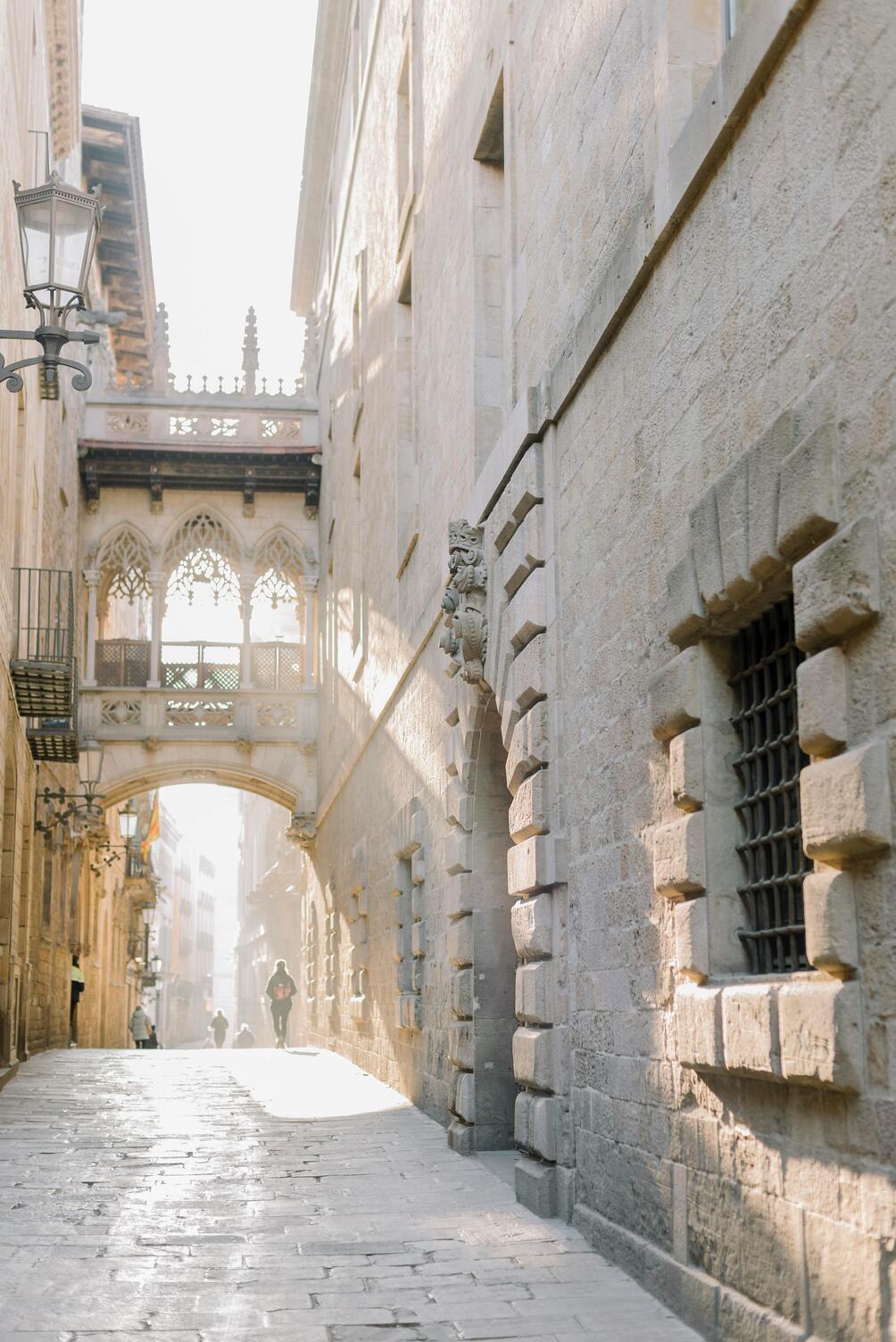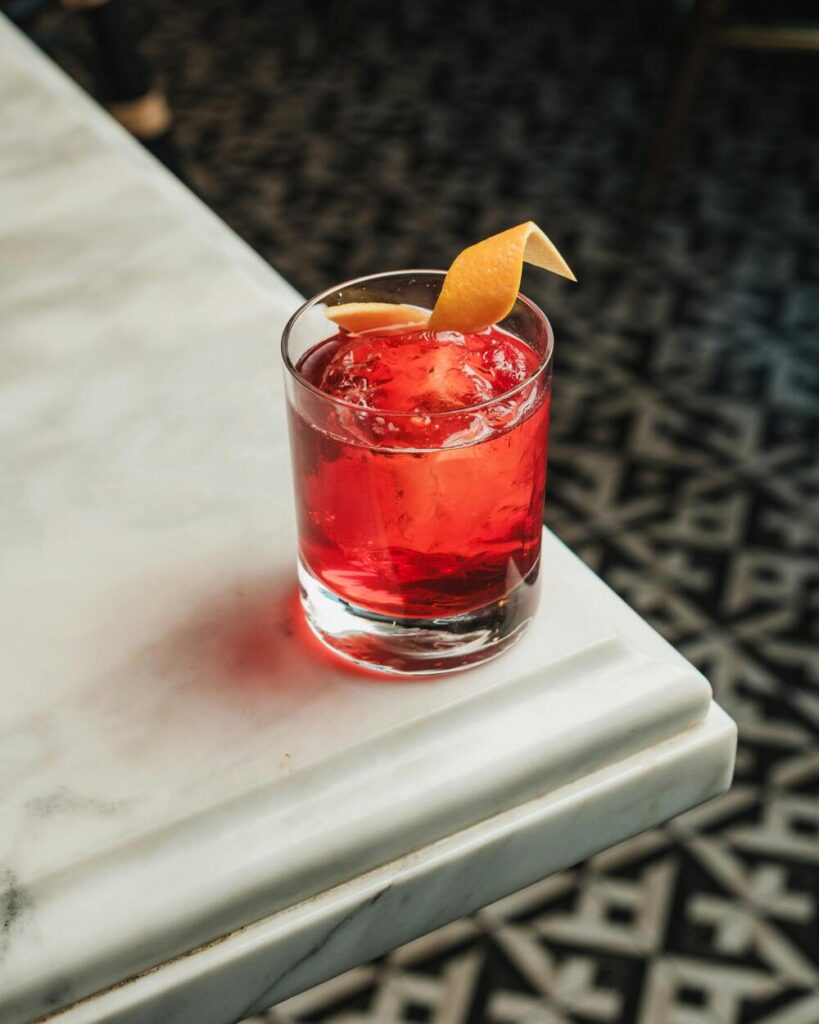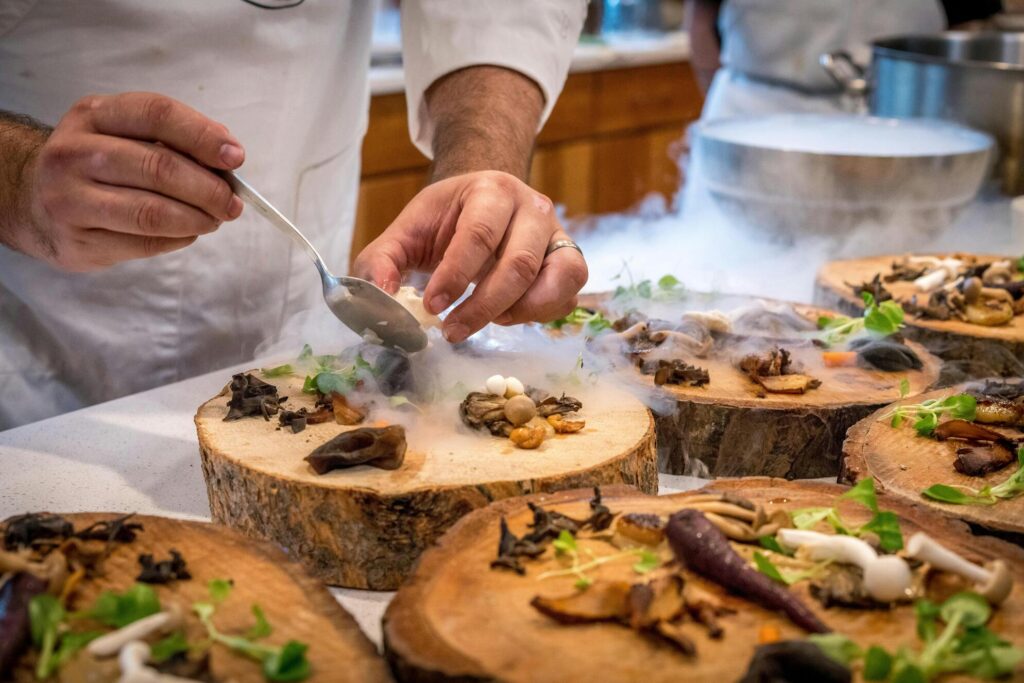Barcelona is not just sun and sangría. It’s also a city of ghosts, legends and old rituals that still echo through its streets.
Beyond its beaches and tapas, Barcelona holds centuries of mysterious stories, passed down from generation to generation. These legends aren’t just old wives’ tales — they are an intrinsic part of the city’s identity, woven into its architecture and whispered in alleyways. Here’s a closer look at five of the most enduring urban legends and superstitions in the Catalan capital:
1. The Lady of the Liceu
The Gran Teatre del Liceu is one of the most iconic buildings in Barcelona, but few know it’s also one of the most haunted. Known as “La Dama del Liceu,” a ghostly figure is said to roam the upper balconies of the opera house. The legend began in the 19th century after a series of fires and even a terrorist attack occurred in the venue. Some believe she is the spirit of a woman who died in the 1893 bombing and never left. Several theatergoers and staff have claimed to see a woman in white during rehearsals or late-night tours. Her presence is said to bring either misfortune or brilliance to the night’s performance, depending on who tells the story.
2. Carrer de l’Ànima — The Street of Souls
Tucked behind La Rambla is a narrow alley known as Carrer de l’Ànima (Street of the Soul). In medieval times, this was the site of a hospital that treated plague victims, many of whom died in agony. Locals claim to hear whispers and cries late at night, and cold drafts even in the heat of summer. It’s said that the alley earned its name because it was a passage for spirits passing into the afterlife. Today, few people walk it after dark. The walls are aged and cracked, and the silence here is deeper than anywhere else in Ciutat Vella.
3. The Lion’s Nose of Good Fortune
Down by the Columbus Monument and the harbor, there’s a bronze lion that locals treat almost like a shrine. According to tradition, touching the lion’s nose brings good luck — especially before a sea voyage or big decision. Sailors would rub it before setting sail, and some tourists still follow suit, unaware of the deeper symbolism. The origin of the belief isn’t entirely clear, but the lion is a powerful symbol in Catalonia, representing strength and guardianship. Some even say rubbing it ensures a safe return to Barcelona.4. The Haunted Mansions of La Bonanova La Bonanova is known today for its elegant homes and peaceful streets, but some of those old mansions hide chilling tales. One such house, now abandoned, was said to belong to a family that mysteriously vanished in the early 1900s. Neighbors claim to hear piano music playing at night, despite the house being empty for decades.
Other houses have similar stories — flickering lights, unexplained sounds, and rooms that are always cold. Whether these are just remnants of vivid imaginations or real phenomena, they add an eerie layer to one of Barcelona’s most exclusive neighborhoods.
5. The Devil in the Cathedral
Barcelona Cathedral is filled with gothic gargoyles and religious symbolism, but among them is a figure that has sparked debate for years — a grotesque face that some believe represents the devil himself. Tucked into a corner of the cathedral’s facade, it’s not immediately obvious unless you know where to look. Legend says this devil was placed there to scare off evil spirits, while others believe it was a statement against the corruption of religious institutions. Whatever the truth, the figure has become a magnet for the curious and the superstitious alike.
These stories may not appear in standard travel guides, but they are etched into the soul of the city. Barcelona isn’t just a destination — it’s a place where the past lingers in the air, where myths become part of your walk, and where every shadow could be hiding a story.
Want to explore more legends and mysteries of Barcelona? Stay tuned with HiBCN for the hidden side of the city.




